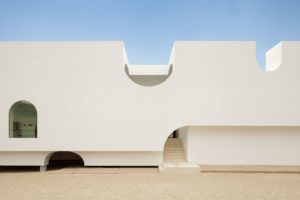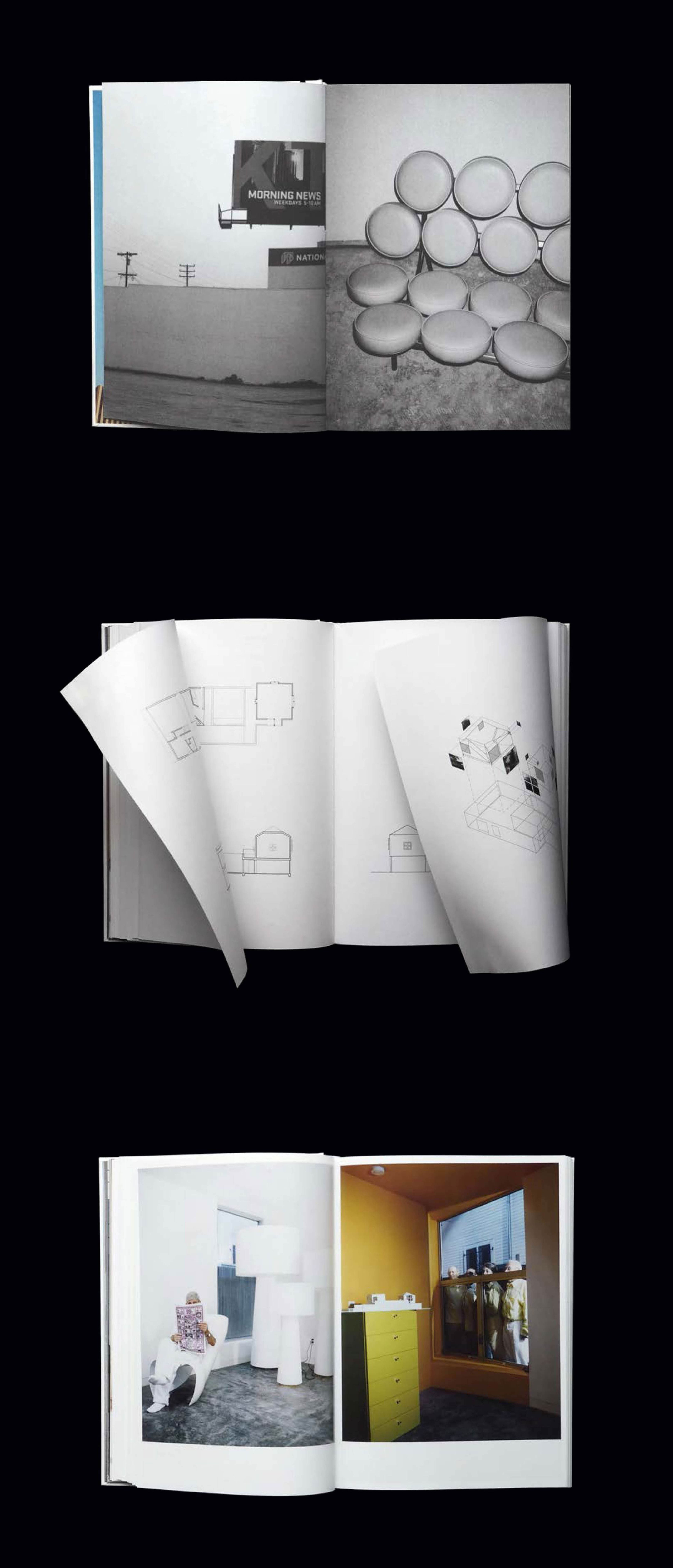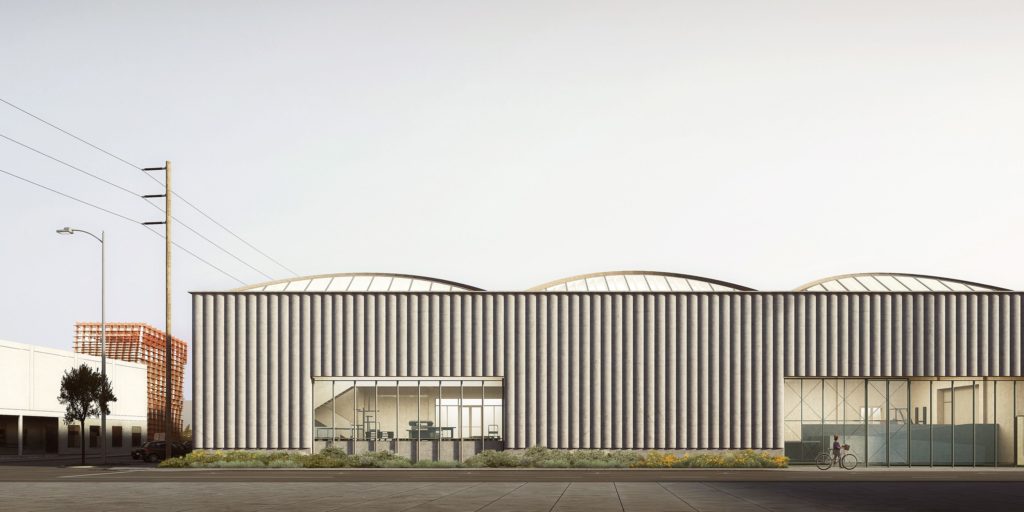Unsettled ground is familiar territory to Sharon Johnston. Her firm with partner Mark Lee, Johnston Marklee, has long sought to disrupt established conventions in architecture. Their buildings incorporate typical forms but then challenge them, question regular patterns of occupation, and push zoning envelopes. In the introductory essay to a highly innovative monograph on the firm’s architecture and collaborations, House is a House is a House is a House is a House, Reto Geiser explains that their projects offer a “reevaluation of modernist dogma,” a “contamination of known idioms.” That is, they put the familiar into doubt, destabilizing what we think we know about architecture. This is not only a powerful tool for architectural design, but also a provocative way to orient a graduate design studio. We talked about the studio Johnston taught at Harvard’s Graduate School of Design in Spring 2019, as well as the projects and ideas that Johnston is pursuing with her firm.
In the description for the studio you taught at Harvard this past semester—“The New Generic”—you suggest that it is partly about “a dialog between the economy of the grid and the value of spatial exception.” Can you say more about that?
From the outset, I asked the students to consider how architecture can colonize the 99%—the background fabric of the city. How can we face down the ubiquitous, economical urban grid to insert something different? Visiting the site in Miami, we kept an open brief looking at many building types and considering cultural and business models, landscapes and environments. The goal for the studio was to design new versions of workspace/residential buildings that are materially efficient, structurally effective, and programmatically flexible but without overt complexity.

You and Mark Lee have put a huge commitment into teaching; how do you see that impacting the direction of the firm?
We have taught since the beginning because we really value education and the reciprocity between teaching and the profession. We did step back from teaching for three or four years as the firm grew and we moved from designing primarily houses to bigger projects. But we have found that teaching helps us with our more sustained research projects, particularly our strong interest in new models of housing and dwelling in general.
Does this interest bring you back to houses, then, even though your firm has taken on some prominent institutional projects lately?
Yes, we always do a few houses because moving between scales and programs keeps us alert. And connection to what it means to make intimate space informs the public spaces we design, where we try to balance intimacy and a generosity of scale.

House is a House is a House is a House is a House results from some fascinating collaborations with photographers and writers. How did these come about? Are they still part of the firm’s practice?
The collaborations essentially formalized what we already do. Working with artists and designers of different kinds helps us move outside our preconceptions and reframe our projects, so their feedback and participation have been important to us. These collaborations help us see our work from the inside out, but also show us how to connect with an audience and incorporate input from diverse groups.
Our engagement with designers in other fields also introduces provocations. For a project to design a new workplace, we’ve assembled a think tank that includes a fine artist, an industrial designer, a curator, a cultural programmer, and the clients. In one meeting the industrial designer asked, “What does it mean to think about the desk in the future?” This kind of question goes beyond the functional; it adds other voices that help us to contextualize our design questions and go deeper with them. By considering the indeterminate qualities of how we work and dwell, we can make places more adaptable and more responsive to the essential nature of diverse design requirements.

How have your recent large cultural commissions, major exhibitions, and ongoing commercial relationships affected the firm’s evolution?
In contrast to residential work, which is so closely tied to the people involved, cultural and commercial projects allow us to draw on large constituencies. They help us think about the city in different ways too, charging us to practice urbanism through architecture. Some of our newer cultural commissions are also helping us develop stronger ties with the East Coast and with Europe, which positively impacts our teaching.
We are just finishing up the Graduate Arts Campus at UCLA. Being in an industrial part of Los Angeles, part of the urban fabric rather than an enclave, it has helped us emphasize that cultural projects don’t need to be temples separate from cities. In the UCLA building we have also been able to experiment with familiar materials and construction techniques, using tilt-up construction, for example, in a new way.